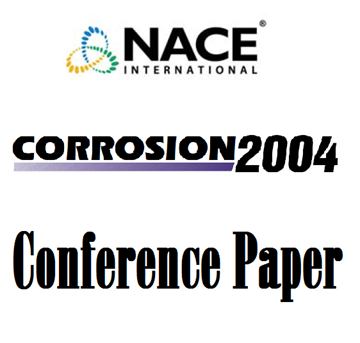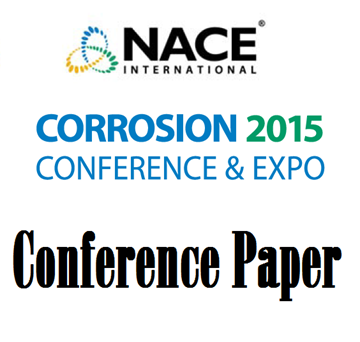Search
04151 High Strength Fasteners for Subsea Applications
Also Purchased
04139 Corrosion Behavior of Carbon Steel, Low Alloy Steel and CRA's in Partially Deaerated Sea Water and Commingled Produced Water
Product Number:
51300-04139-SG
ISBN:
04139 2004 CP
Publication Date:
2004
$20.00
03017 A review of offshore experiences with bolts and fasteners
Product Number:
51300-03017-SG
ISBN:
03017 2003 CP
Publication Date:
2003
$20.00
Susceptibility to Hydrogen Induced Stress Cracking of Alloy 718 and Alloy 725 Under Cathodic Polarization
Product Number:
51315-5597-SG
ISBN:
5597 2015 CP
Publication Date:
2015
$20.00
Recently viewed




